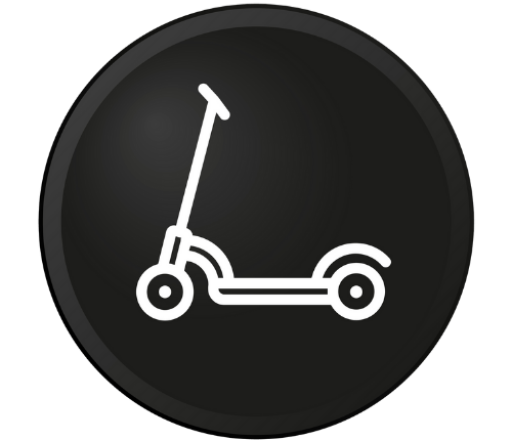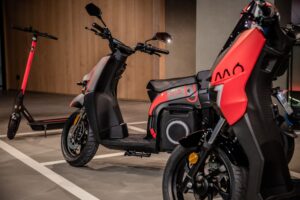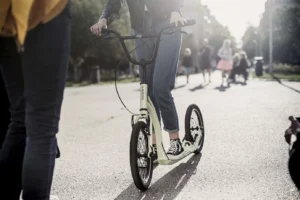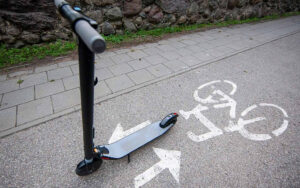Navigating the bustling streets of a city on a bicycle offers unmatched freedom and convenience. However, with the myriad of bicycle options available, choosing the right city bicycle can be daunting, especially for beginners.
This guide will walk you through the key factors to consider, ensuring you select a bike that fits your needs and enhances your urban cycling experience.
Understanding Your Needs
The first step in choosing the right city bicycle is understanding your specific needs and how you plan to use the bike:
- Commuting: If your primary use is commuting to work or school, you’ll need a bike that’s reliable, comfortable, and efficient.
- Errands and Leisure: For running errands or casual rides, a bike with practical features like a basket or rack might be ideal.
- Fitness: If you’re cycling for fitness, consider a bike that’s lightweight and allows for a more aggressive riding position.
Types of City Bicycles
City bicycles come in various types, each suited to different riding styles and terrains. Here are the most common types:
- Hybrid Bikes: Combining features of road and mountain bikes, hybrids are versatile and comfortable for both short and long rides on varied terrains.
- Single-Speed Bikes: Simple and low-maintenance, single-speed bikes are ideal for flat city terrain and riders who prefer a straightforward cycling experience.
- Electric Bikes (E-Bikes): E-bikes come with a motor that assists with pedaling, making them perfect for longer commutes or hilly areas.
- Folding Bikes: These compact bikes are great for urban dwellers with limited storage space or those who combine cycling with public transportation.
Key Features to Consider
When selecting a city bicycle, pay attention to the following key features:
- Frame Material: The frame material affects the bike’s weight, durability, and price.
- Steel: Durable and smooth riding, but heavier.
- Aluminum: Lightweight and rust-resistant, offering a balance of performance and cost.
- Carbon Fiber: Extremely lightweight and strong, but more expensive.
- Gearing: The right gearing depends on your riding terrain.
- Single-Speed: Simple and low-maintenance, best for flat areas.
- Multi-Speed: Offers a range of gears for tackling hills and varied terrain. Internal hub gears are particularly low-maintenance and reliable.
- Brakes: Effective braking systems are crucial for city riding.
- Rim Brakes: Lightweight and cost-effective, but less effective in wet conditions.
- Disc Brakes: Provide superior stopping power, especially in wet weather, and require less maintenance.
- Comfort Features: Ensure your bike has features that enhance comfort for longer rides.
- Saddle: A comfortable, well-padded saddle can make a big difference.
- Handlebars: Upright handlebars provide a comfortable riding position, reducing strain on your back and wrists.
- Suspension: Front suspension can absorb shocks from potholes and rough roads, offering a smoother ride.
- Practical Add-ons: Consider additional features that can improve your cycling experience.
- Fenders: Keep you dry and clean in wet conditions.
- Racks and Baskets: Essential for carrying groceries, bags, or other items.
- Lights and Reflectors: Increase visibility and safety, especially for night riding.
Fit and Sizing
A properly fitting bike is crucial for comfort and efficiency. Most bike shops offer professional fitting services, but here are some basic guidelines:
- Frame Size: Based on your height and inseam length, the right frame size ensures you can comfortably reach the pedals and handlebars.
- Saddle Height: Adjust the saddle so that your leg is almost fully extended at the bottom of the pedal stroke.
- Handlebar Position: Handlebars should be at a height that allows you to ride comfortably without straining your back or wrists.
Test Ride
Before making a purchase, always test ride the bicycle. This helps you get a feel for the bike’s comfort, handling, and performance. Pay attention to the following during your test ride:
- Comfort: Ensure the saddle and handlebars are comfortable and the bike’s size feels right.
- Handling: Test the bike’s responsiveness and stability, especially when turning or stopping.
- Gearing and Brakes: Make sure the gears shift smoothly and the brakes provide reliable stopping power.
Conclusion
Choosing the right city bicycle involves considering your specific needs, understanding the different types of bikes available, and paying attention to key features and proper fit.
By taking the time to evaluate these factors and test riding a few options, you can find a city bicycle that will make your urban cycling experience enjoyable, efficient, and comfortable.
Whether you’re commuting, running errands, or exploring the city, the right bike will be your perfect companion on the road.



